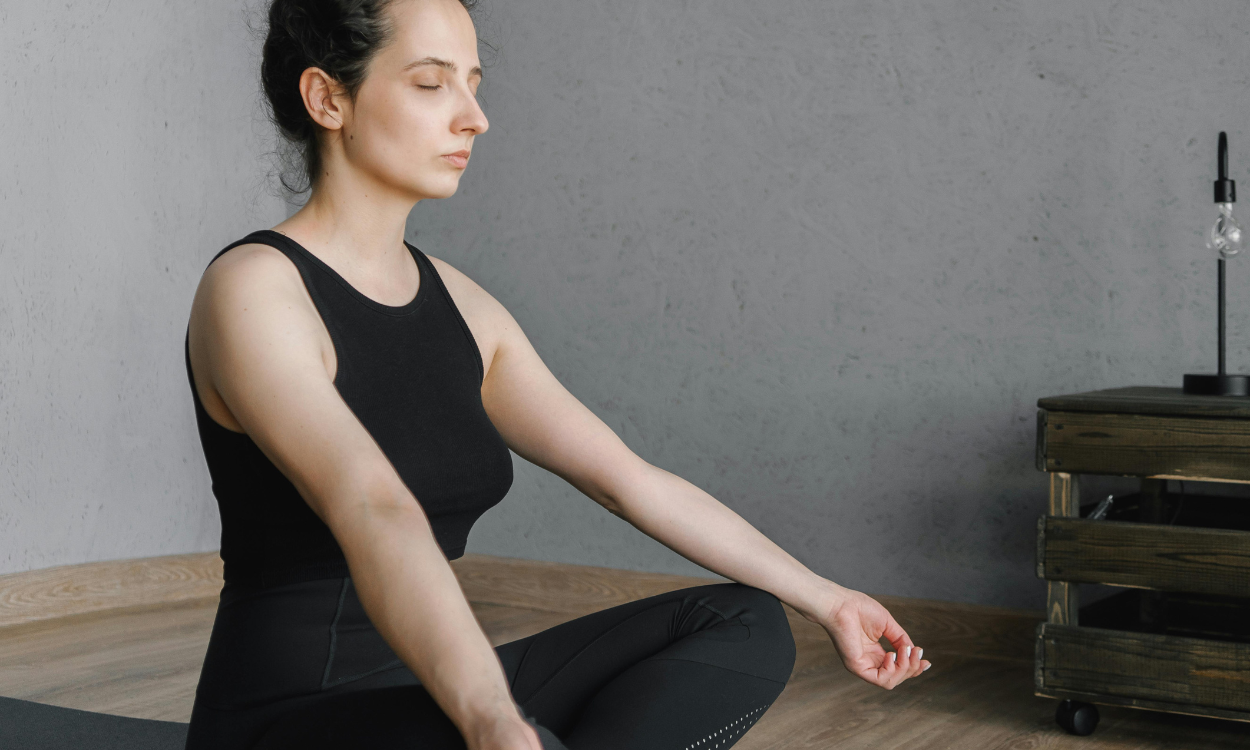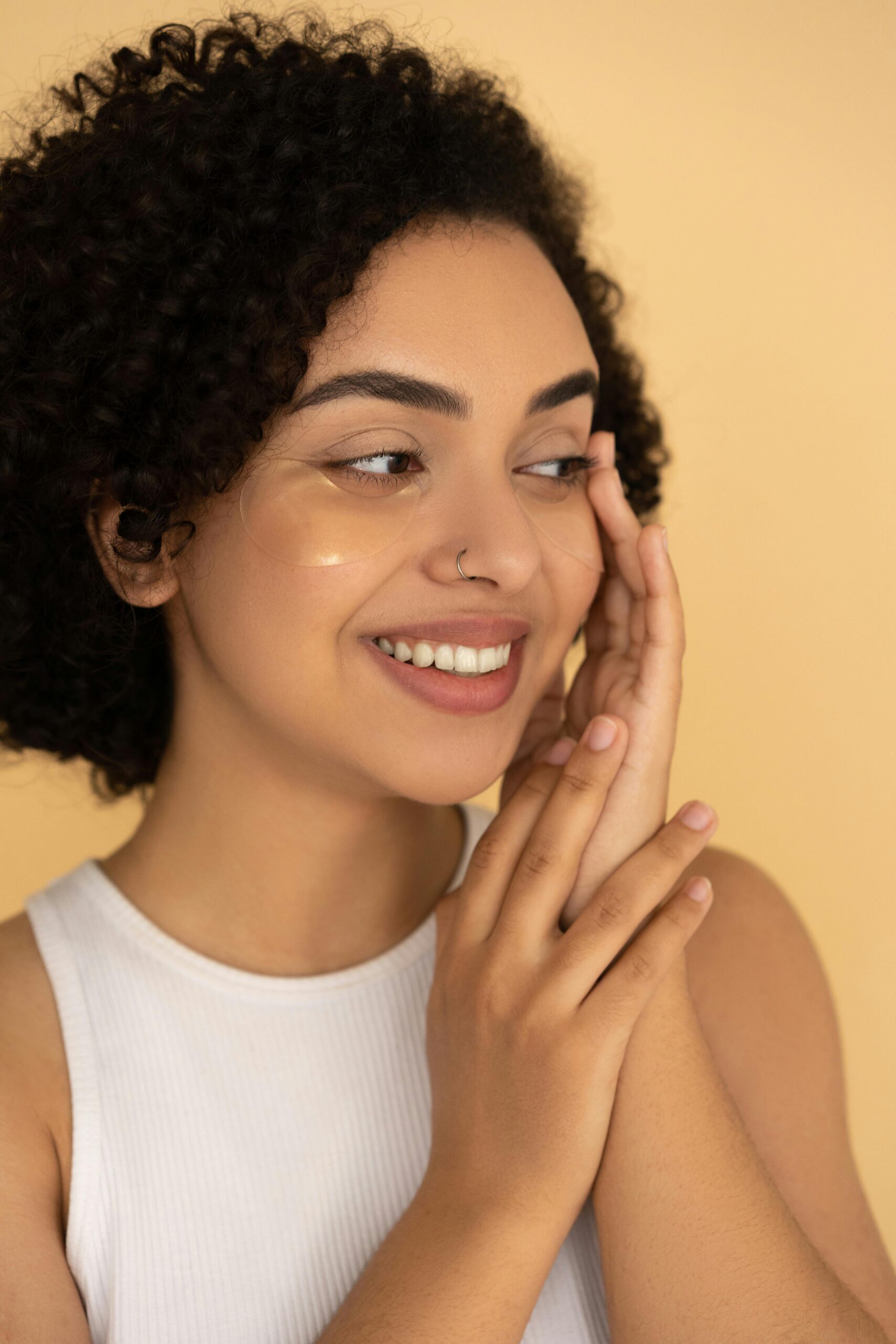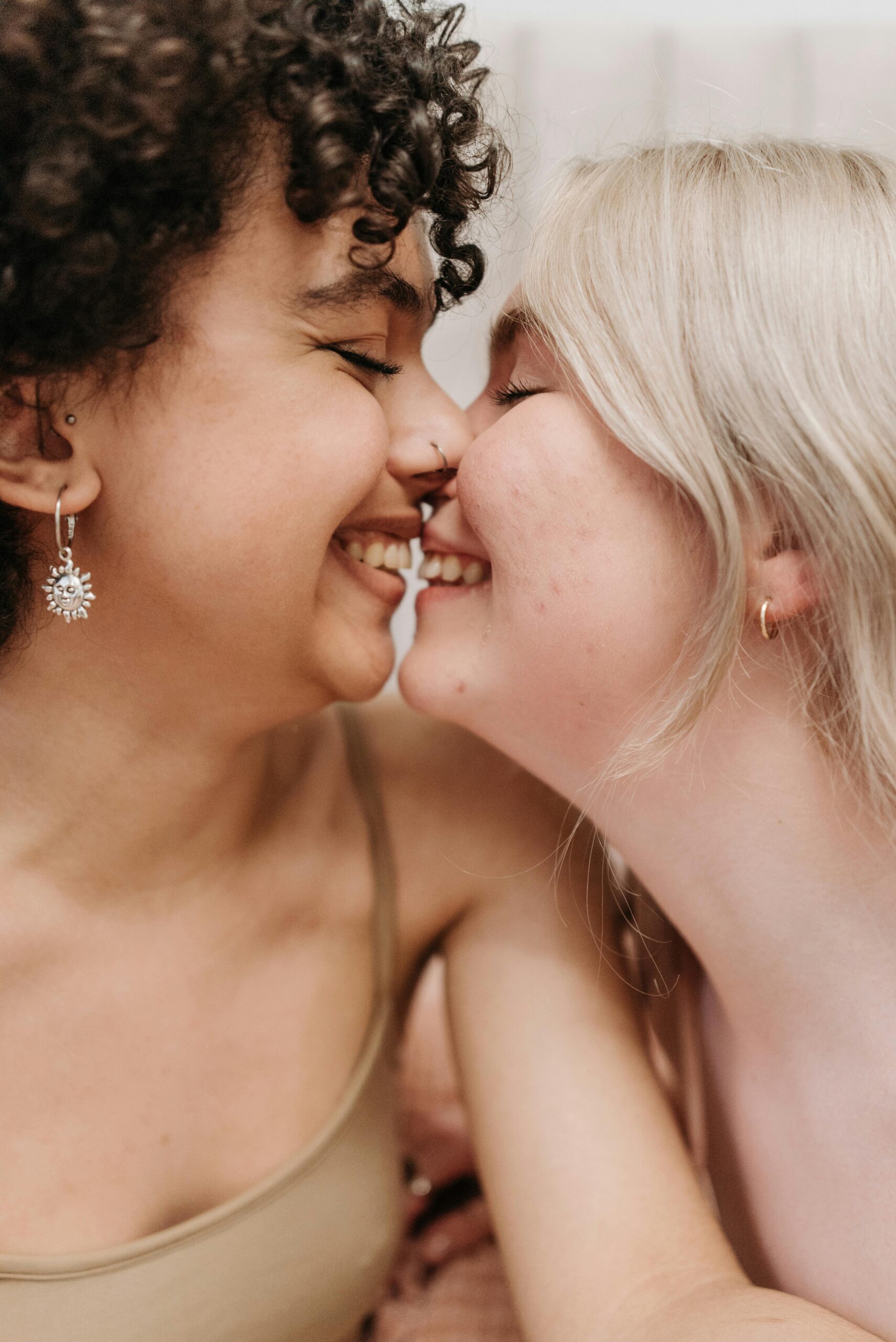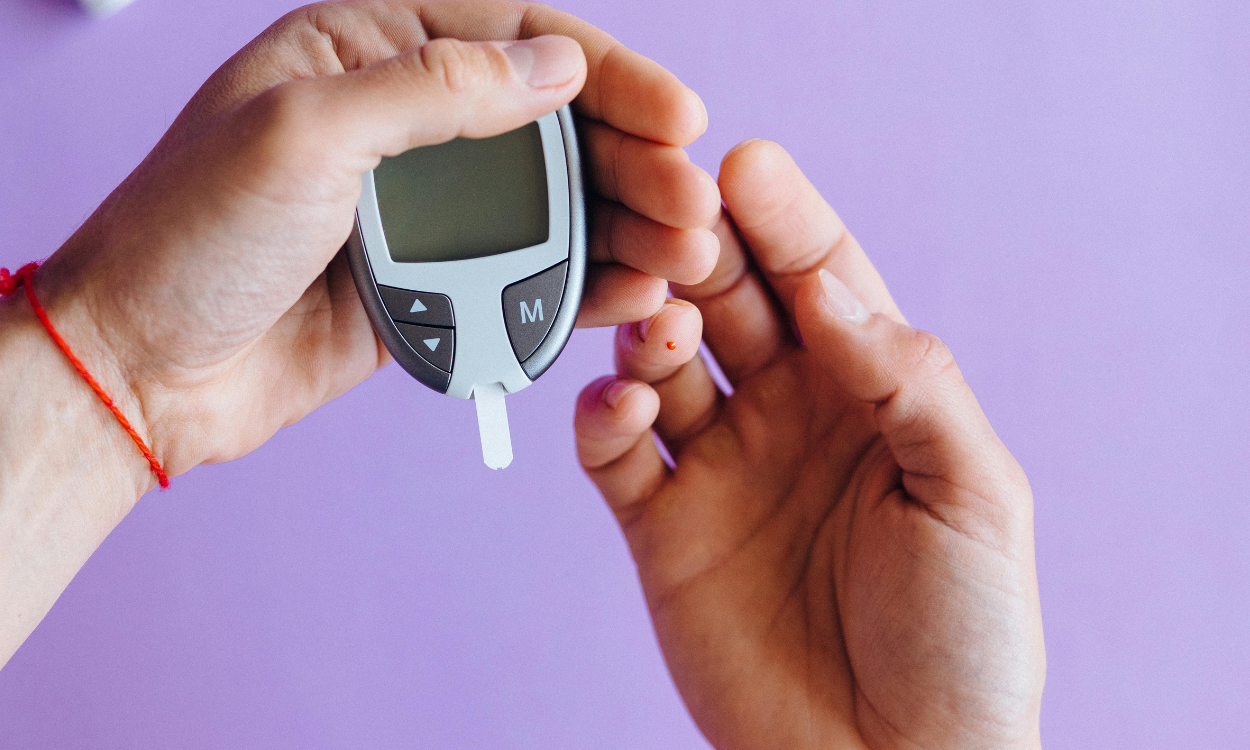Stress and Anxiety Relief: Simple Techniques to Improve Well-being
In today’s fast-paced world, stress and anxiety have become an almost inevitable part of daily life. Whether it’s the pressures of work, personal relationships, or simply the challenge of balancing a hectic schedule, the impact of stress and anxiety on well-being is undeniable. But it doesn’t have to be overwhelming. There are numerous techniques for stress and anxiety relief that can significantly improve well-being. By incorporating these simple methods into your routine, you can regain control of your mental and physical health.
Table of Contents
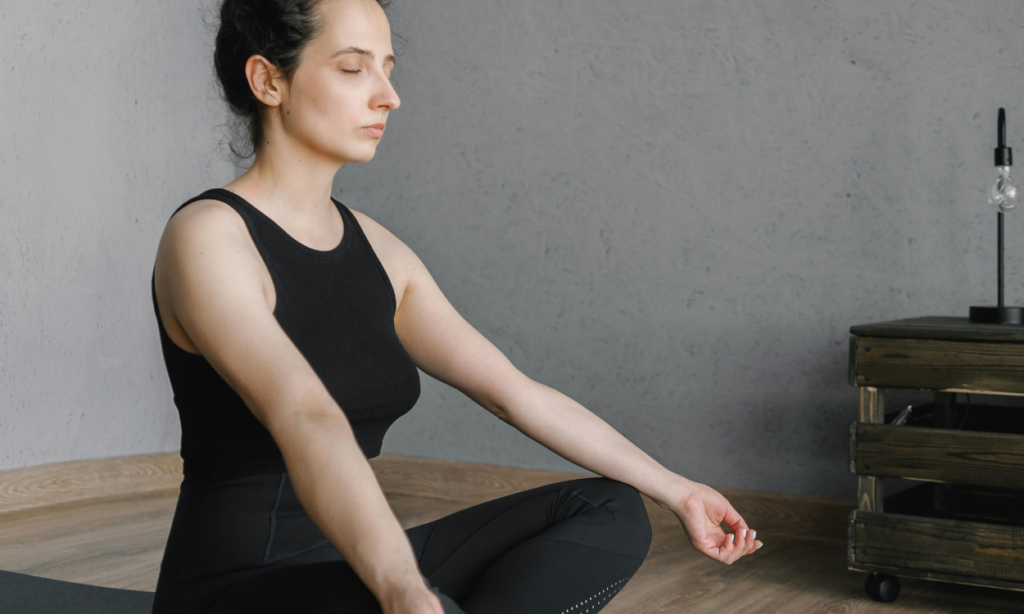
Understanding Stress and Anxiety
Before diving into stress and anxiety relief techniques, it’s important to understand what stress and anxiety are. Stress is a response to external pressures, often arising from work deadlines, financial strain, or life changes. It can be acute (short-term) or chronic (long-term), affecting both mental and physical health. Anxiety, on the other hand, is an internal response often linked to worry, fear, or unease, even in the absence of immediate threats. While some level of stress and anxiety is natural, prolonged exposure can lead to negative health outcomes.
Now, let’s explore some effective stress and anxiety relief techniques that can enhance your overall well-being.
1. Mindful Breathing
One of the most accessible techniques for stress and anxiety relief is mindful breathing. This involves focusing your attention on your breath, which helps to calm the nervous system and reduce feelings of stress and anxiety. When you’re feeling overwhelmed, take a few minutes to practice deep breathing. Inhale slowly through your nose, hold for a few seconds, and then exhale through your mouth. Repeating this process a few times can help slow your heart rate and ease tension.
Mindful breathing is particularly effective for anxiety relief as it shifts your focus from negative thoughts to the present moment. Over time, practicing this technique regularly can significantly improve your overall well-being by promoting relaxation and reducing the intensity of anxious feelings.
2. Exercise and Physical Activity
Physical activity is a powerful tool for stress and anxiety relief. When you exercise, your body releases endorphins—often referred to as “feel-good” hormones—that naturally elevate your mood. Regular physical activity helps lower levels of the stress hormone cortisol, thereby reducing feelings of anxiety and promoting relaxation.
You don’t need to engage in intense workouts to experience the benefits. Even moderate activities such as walking, yoga, or swimming can provide significant stress and anxiety relief. Exercise also improves sleep quality, boosts self-esteem, and enhances overall mental health, making it a vital component of well-being.
3. Meditation and Mindfulness
Meditation and mindfulness are highly effective techniques for stress and anxiety relief. Meditation encourages a state of calmness and clarity by allowing you to focus on the present moment, away from the stressors of daily life. Practicing mindfulness—being aware of your thoughts, emotions, and surroundings without judgment—can help reduce the intensity of anxious feelings and improve emotional regulation.
To practice meditation, find a quiet space, close your eyes, and focus on your breathing or a particular word or phrase. Even a few minutes of meditation each day can have profound effects on stress and anxiety relief. As you become more accustomed to the practice, you’ll notice improvements in your mental clarity, emotional balance, and overall sense of well-being.
4. Progressive Muscle Relaxation
Progressive muscle relaxation (PMR) is a stress and anxiety relief technique that involves tensing and then relaxing different muscle groups in your body. This method helps you become more aware of physical tension and teaches you how to release it. By systematically relaxing your muscles, you can promote a state of deep relaxation, which aids in reducing stress and anxiety.
To practice PMR, start by tensing the muscles in your toes for a few seconds and then relaxing them. Gradually work your way up the body, focusing on different muscle groups. This simple technique not only provides stress and anxiety relief but also helps improve sleep and reduce physical discomfort associated with tension.
5. Time Management and Prioritization
Stress often arises when you feel overwhelmed by tasks and deadlines. One of the most effective ways to achieve stress and anxiety relief is through proper time management and prioritization. Breaking tasks into smaller, manageable steps and creating a realistic schedule can significantly reduce stress levels.
Using tools like to-do lists, planners, or apps can help you stay organized and focused. Prioritizing tasks that are most important and learning to delegate or say no when necessary are key elements of time management. When you take control of your time, you’re less likely to feel overwhelmed, and this translates to improved well-being.
6. Social Support
Social interaction plays a crucial role in stress and anxiety relief. Talking to a trusted friend, family member, or therapist can provide emotional support and offer a new perspective on the challenges you’re facing. Social connections act as a buffer against stress, helping you feel more secure and supported.
Engaging in social activities and building strong relationships can contribute to a sense of belonging, reducing feelings of isolation and anxiety. Whether it’s a casual chat with a friend or joining a support group, the act of sharing your concerns can have a powerful impact on your well-being.
7. Aromatherapy
Aromatherapy is an ancient technique that promotes stress and anxiety relief through the use of essential oils. Scents such as lavender, chamomile, and eucalyptus are known for their calming properties and can help alleviate feelings of stress and anxiety. You can use essential oils in a diffuser, add them to your bath, or apply them to your skin (diluted with a carrier oil) for a relaxing experience.
Aromatherapy works by stimulating the limbic system, the part of the brain responsible for emotions, which makes it an effective tool for managing anxiety and improving overall well-being.
8. Healthy Nutrition
What you eat plays a significant role in stress and anxiety relief. A balanced diet rich in fruits, vegetables, lean proteins, and whole grains can help stabilize your mood and energy levels. Avoiding excessive caffeine, sugar, and processed foods is also crucial, as these can contribute to spikes in anxiety.
Incorporating foods rich in omega-3 fatty acids, magnesium, and vitamin B can support brain health and reduce anxiety. Staying hydrated and eating at regular intervals can help regulate your body’s response to stress, improving both mental and physical well-being.
9. Creative Outlets
Engaging in creative activities such as painting, writing, or playing music can provide stress and anxiety relief by allowing you to express your emotions in a non-verbal way. Creative outlets serve as a form of mental relaxation, helping you escape from stressors and focus on something enjoyable.
Whether it’s taking up a new hobby or revisiting a past passion, creativity offers a healthy way to channel stress and anxiety, leading to enhanced well-being.
Conclusion
Stress and anxiety relief is essential for maintaining mental, emotional, and physical well-being. By incorporating techniques such as mindful breathing, exercise, meditation, and progressive muscle relaxation into your daily routine, you can significantly reduce the impact of stress and anxiety on your life. Prioritizing time management, social support, and healthy nutrition further promotes long-term relief and helps you achieve a balanced state of mind. Remember, while stress and anxiety are a natural part of life, simple techniques can make a world of difference in improving your well-being.

